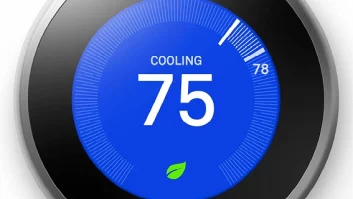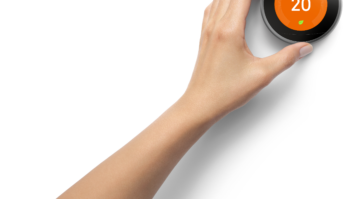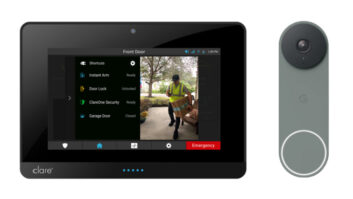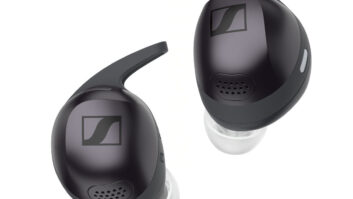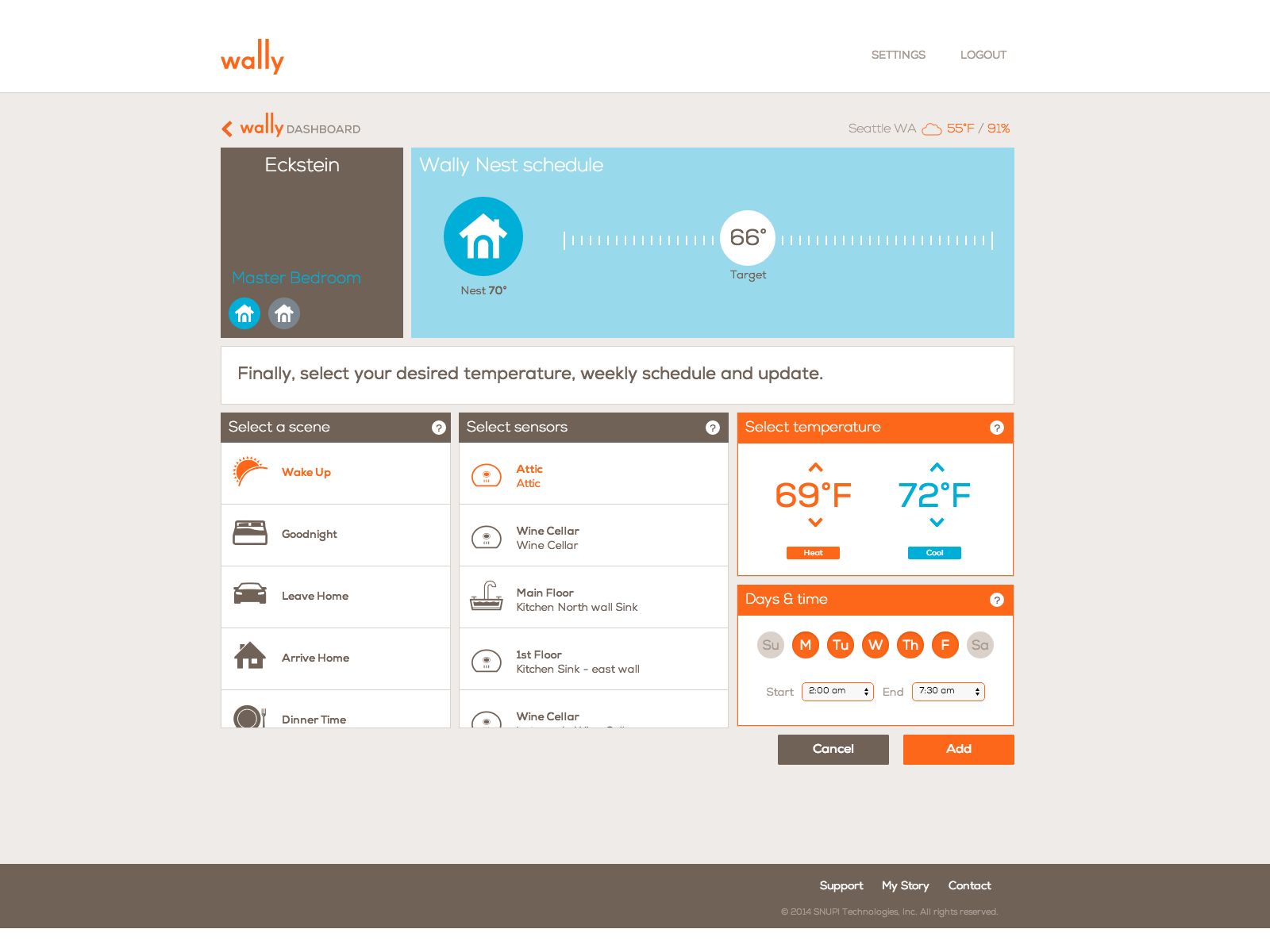
Seattle – SNUPI Technologies will integrate its WallyHome sensor network with Nest’s learning thermostat under the Works with Nest program, the companies announced.
The startup’s wireless multifunction sensors detect water leaks and changes in humidity and temperature. A WallyHome network-connected hub transmits alerts to a user’s smartphone.
When multiple sensors are networked with a Wi-Fi-equipped Nest thermostat, the thermostat measures temperature in multiple rooms at a time, not just in the room or hallway where it is mounted to the wall. As a result, SNUPI said, “WallyHome provides an accurate snapshot of a home’s temperature, making it easier to find an ideal whole-home setting” that provides “comfort in the rooms that really matter.”
With the integration, a dedicated Nest scheduler in the WallyHome app lets consumers optimize temperature for a specific room at specific times. The scheduler can also be programmed to automatically adjust temperature based on a user’s living patterns. Temperature can be programmed to hit a certain level at night in the baby’s room, for example, and in the kitchen when dinner is being made.
WallyHome with Nest can also eliminate heating and cooling systems from running unnecessarily when a room is empty.
The “Works With Nest” feature will be available on SNUPI’s iOS, Android and desktop apps later this month.
For now, Wally’s scheduler capabilities, like Nest’s own scheduler capabilities, are incompatible with Nest’s learning capabilities, so consumers choose between a scheduler and learning mode.
SNUPI’s sensors use an ultra-low-power wireless technology that leverages a home’s electrical wiring as an antenna. Sensor batteries are said to last 10 years.
Besides detecting moisture, the sensors also detect when temperature drops above and below user-selected thresholds to determine, for example, if the heating system is working in winter, enabling consumers to act to prevent water pipes from bursting. In the South, sensors can be placed in the attic to determine if an attic fan broke down, causing heat to exceed 140 degrees and possibly cause roof-material damage, said CEO Jeremy Jaech, who is also a Control4 board member.
By detecting changes in humidity and temperature over time, the sensors, combined with SNUPI’s cloud server, to sense conditions conducive to mold growth, he continued.
WallyHome products are currently sold on the company’s website, with prices of $125 for the hub, $35 for a sensor and $199 for a six-pack of sensors. A $299 package consists of a hub, six sensors and an Ethernet cable to connect the hub to a home router, but a Wi-Fi-equipped hub is in the works.
SNUPI plans to expand to additional online retailers but is holding back from brick-and-mortar distribution for now until it builds up its volumes and switches to Asia manufacturing, adding margin to offset the added cost of selling to brick-and-mortar stores, Jaech said.
SNUPI is an acronym for Sensor Network Utilizing Powerline Infrastructure technology.




